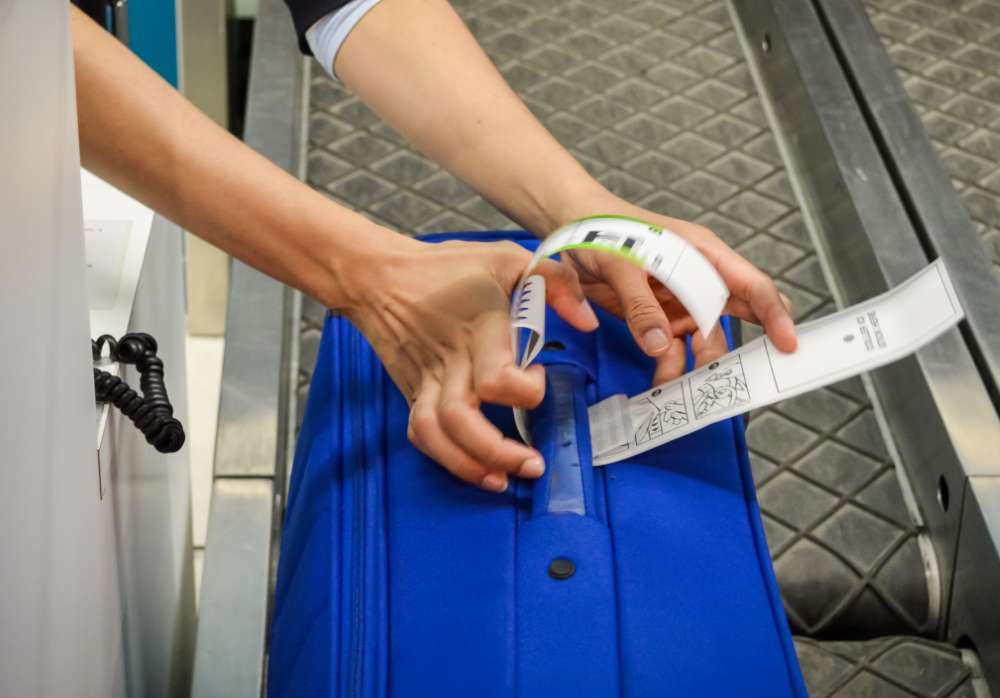Stay logged in to proceed with bookings, orders and offers.
On changing the terminal, you will loose items in your cart. Are you sure you want to change your terminal?
Baggage allowance is an essential aspect of travel that should not be overlooked. By understanding the rules and restrictions for baggage, you can avoid unwanted fees and surprises at the airport. There are three types of luggage categories that you need to know; one is check-in luggage, the other is your cabin luggage, and the third one is hand baggage.

The capacity of your baggage is determined by its size and weight. Typically, the dimensions for checked baggage range from 62 to 158 cm (24 to 62 inches) in length, width, and height combined, while the weight limit is usually between 15 to 32 kg (44 to 70 lbs). The cabin bag dimensions are usually smaller, ranging from 36 to 56 cm (14 to 22 inches) in length, 23 to 40 cm (9 to 16 inches) in width, and 18 to 23 cm (7 to 9 inches) in height. The weight limit for a carry-on bag is usually around 7 to 10 kg (15 to 22 lbs). So, do keep in mind the cabin trolley bag size and weight while picking one. There is no specifications for hand baggage allowance. It is usually your laptop bag or a handbag that is not too large or bulky. Do not confuse this with your cabin baggage size. Please note that the weight of the luggage is subject to change, basis the airline you are travelling to. Most international flights offer extra luggage for students travelling abroad, so while booking your tickets, it's important that you mention that you are a student.
In addition to the size and weight limits, there are rules you should be aware of when it comes to baggage allowance. These rules can vary depending on the airline and your destination, so checking with your airline before you travel is important. Here are some standard rules to keep in mind:
Check the airline's rules before you pack: Check the airline's website or contact them directly to find out the baggage allowance and its regulations for your flight.
Pack light: Pack only what you need for your trip and leave any unnecessary items. This will not only help you stay within the baggage allowance but also make it easier to move around and travel.
Use compression bags: Compression bags can help you fit more items in your luggage while keeping it within the size and weight limits.